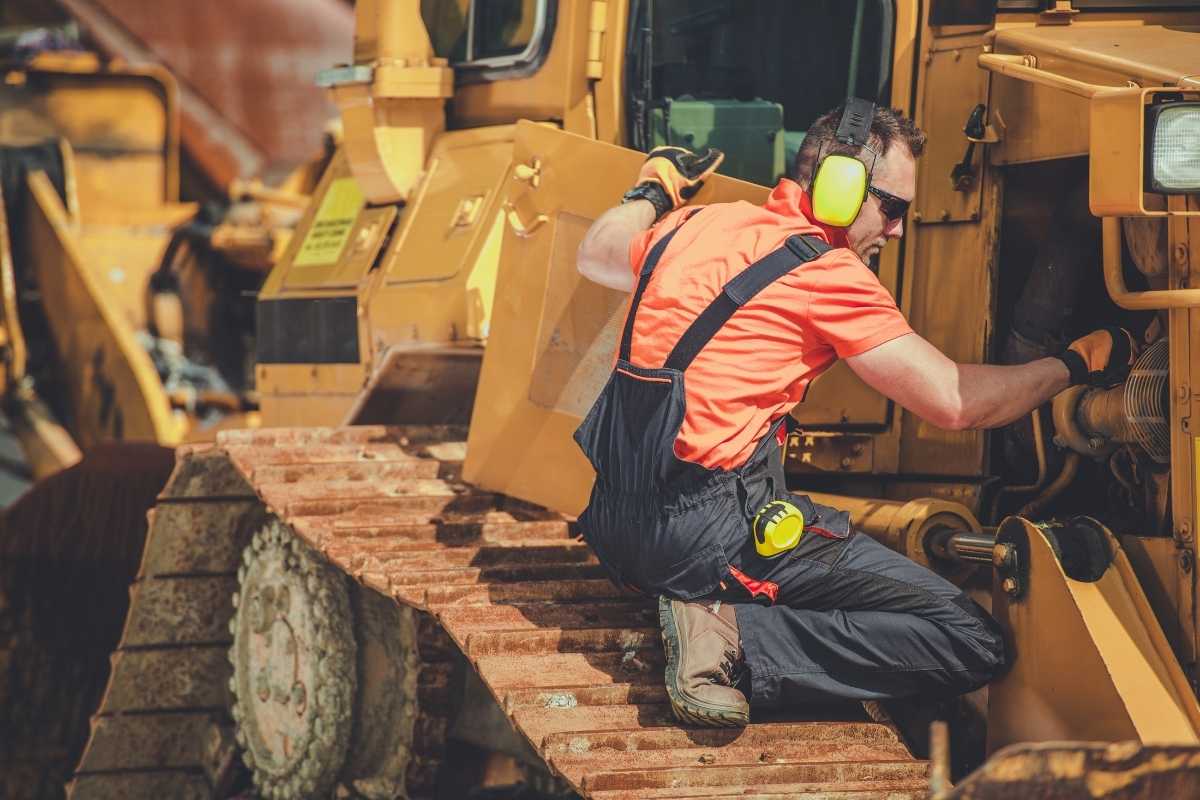Do you find yourself distracted at work? Are you taking short-cuts that you wouldn’t normally take? Are you finding safety issues more and more during routine work tasks? If so, you may have succumbed to complacency. When safety issues start to arise at the individual or workplace level the focus may focus on issues other than the task at hand.
We are all complacent in our work to some degree, the consequences of that complacency vary depending on the level of risk of the task being undertaken. Many primary and cumulative factors can contribute to distraction:
- routine work tasks and outcomes
- assuming that we are doing things as safely as possible
- self and team satisfaction
- over-confidence
- multi-tasking
- high-stress
- low morale
- fatigue
- the ‘it won’t happen to me’ syndrome
- contentment
- unrealistic deadlines
In addition, the complacent behaviours of others can influence our own complacency and cause us to think – ‘if its OK for them to take shortcuts, its OK for me to do the same’.
As individual workers, managers and supervisors it is critical we recognise when complacency is creeping into our work practices and put in place measures to stop it. The insidious nature of complacency is its effect on our ability to recognise we are in danger and consequently not put in place appropriate control measures.
A common example of complacency in the workplace is observing a co-workers complacency and not addressing it. If an accident occurred that was caused by the co-workers complacency that caused harm to themselves or others, how would you live with that?
The Fire Service has a saying, ‘if we get away with it once…twice…three-times….it then becomes our SOP’. Every time you do a task, you assess the hazards and apply controls and perform the task without safety incident. The next time you do a task you are confronted with a nearly identical situation, but you forget to apply one of your controls. Based on the safe outcome previously you proceed with the task, again without incident. As the days/months/years go by you conduct the same task and have the same outcome without safety incident, even in the presence of more and more unsafe conditions. You are being lulled into a false sense of security. Year after year without an accident you push the envelope of safety further – until your complacent behaviour ultimately catches up with you and a critical incident occurs.
The many times you did this task with many unsafe mistakes while thinking you got away with it in the past so you will get away with it in the future – all of this leads to an unrecoverable disaster.
A few methods you can use to avoid complacency are:
- Perform a Job Safety Analysis (JSA) before starting a task -don’t limit this to new tasks, do a JSA on a task you routinely perform and you may surprise yourself.
- Take a minute to refocus on the hazards of the tasks before starting – this reminds you that what you are about to do requires a level of focus.
- Report all Near-Misses – this is a reminder that many of us at times can have dangerous jobs.
- Stay Focused in the Moment – Concentrate on the job at hand and avoid letting your mind wander to other issues.
- Mix up your Routines – avoid too much regularity or routine as this can lead to ‘autopilot’. See where opportunities exist to change routines and add meaningful variety.
- Increase Workers Self-Awareness – train your workers to ‘read’ the environment around them and recognise how they are reacting or responding to the environment.
Fighting a false sense of safety in the workplace can be a day-to-day challenge. The goal is to provide workers with skills and structure so they can remain focused, aware and respond to safety hazards in the tasks they are undertaking.
We must recognise we are all prone to complacency, the next step is to recognise when you are on the path to complacency and re-establish mindfulness to the task at hand.
If you would like to know more or would like our assistance in the areas mentioned check us out at www.intrinsicsafety.com.au. Alternately, call us on 1300 990 336 or email us at [email protected]

Brendan Day
Chief Executive Officer
Brendan Day, based in Sydney, is a WHS and Emergency Management expert with a rich background in emergency services, including significant experience as a military firefighter, emergency responder, and emergency response manager. His career spans across both public and private sector roles, where he has developed and implemented comprehensive WHS management and Emergency Management systems. As the CEO and Principle Trainer at Intrinsic Safety, Brendan combines his military discipline with modern safety practices, offering advanced training in workplace health, fire safety, confined spaces, height safety and first aid. His qualifications, including a Diploma of Work Health and Safety, reflect his commitment to safety excellence and continuous improvement in emergency response management and safety practices.


